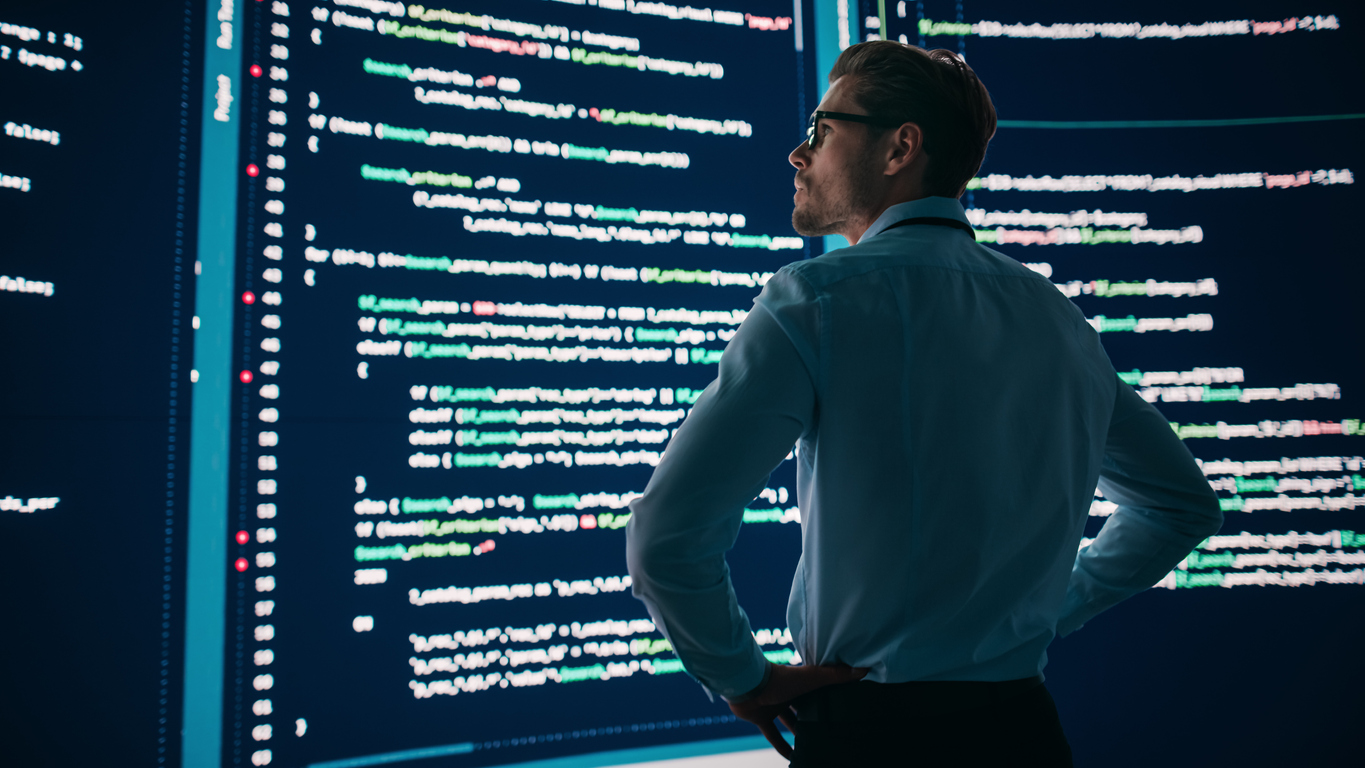The Future of Transportation: Elon Musk’s Cybercab Unveiling at Tesla’s Robotaxi Event

The world of transportation is on the brink of a revolution, driven by technological advancements and innovative thinking. At the forefront of this movement is Elon Musk, a figure synonymous with innovation and forward-thinking solutions. With his latest announcement, the unveiling of the ‘Cybercab‘ at Tesla’s upcoming robotaxi event, Musk is poised to reshape the way we think about mobility. This article will explore the implications of the Cybercab, the evolution of Tesla’s robotaxi vision, and the broader impact of autonomous transportation on society.
The Rise of Autonomous Vehicles
A Brief History
The concept of autonomous vehicles has been around for decades, but it has gained significant traction in recent years. The journey began in the 1920s with early experiments in driverless technology, but it wasn’t until the 1980s that serious advancements were made. Notable milestones include the Navlab project by Carnegie Mellon University and the 2004 DARPA Grand Challenge, which showcased the potential of self-driving cars.
The Current Landscape
Today, numerous companies are racing to develop autonomous vehicles, including tech giants like Google with Waymo, traditional automakers like Ford and General Motors, and of course, Tesla. Tesla’s approach, led by Musk, has been characterized by a focus on software-driven solutions and real-world data collection through its extensive fleet of vehicles.
Elon Musk’s Vision for the Future
The Robotaxi Concept
The idea of a robotaxi service aligns perfectly with Musk’s vision of a sustainable, efficient, and accessible transportation system. The concept is simple yet revolutionary: a fleet of self-driving Teslas operating as on-demand taxis, available for users through a smartphone app. This service promises to reduce traffic congestion, lower emissions, and provide affordable transportation options.
The Role of the Cybercab
The Cybercab is expected to play a crucial role in Musk’s vision. With its futuristic design and advanced technology, it is likely to be a fully autonomous vehicle specifically engineered for ride-sharing. The Cybercab aims to enhance passenger experience while maximizing safety and efficiency. But what exactly can we expect from this groundbreaking vehicle?
What to Expect from the Cybercab
Design and Aesthetics
Musk has never shied away from bold designs, and the Cybercab is anticipated to follow this trend. Drawing inspiration from the Cybertruck’s angular, futuristic look, the Cybercab will likely feature an innovative exterior that sets it apart from traditional taxis. The emphasis will be on aerodynamics and functionality, creating a vehicle that is both eye-catching and practical.
Technology Integration
At the heart of the Cybercab’s functionality will be its advanced technology. It is expected to incorporate Tesla’s cutting-edge Autopilot and Full Self-Driving (FSD) capabilities, enabling seamless navigation and ride-sharing experiences. Features such as real-time traffic analysis, predictive route optimization, and advanced safety systems will be integral to the Cybercab’s operation.
Sustainability Features
Tesla has long been committed to sustainability, and the Cybercab will likely reflect this ethos. With electric powertrains and a focus on renewable energy sources, the Cybercab could contribute to a significant reduction in carbon emissions. Additionally, Tesla may introduce features like solar panels to further enhance energy efficiency.
The Implications for Urban Mobility
Reducing Traffic Congestion
One of the most promising aspects of the robotaxi concept is its potential to alleviate traffic congestion in urban areas. By utilizing a fleet of autonomous vehicles, cities could see a decrease in the number of cars on the road. With on-demand ride-sharing, fewer people would need to own personal vehicles, leading to a more efficient use of urban space.
Impact on Public Transportation
The introduction of the Cybercab could also have far-reaching implications for public transportation systems. As people increasingly opt for autonomous ride-sharing over traditional public transit, cities may need to reevaluate their transportation infrastructure. The integration of robotaxis could complement existing public transport systems, creating a more comprehensive and user-friendly network.
Economic Considerations
The Cybercab and Tesla’s robotaxi initiative could also reshape the economic landscape. With the advent of autonomous ride-sharing, traditional taxi services and rideshare companies may face challenges. However, the growth of this new sector could create job opportunities in technology, maintenance, and customer service related to autonomous vehicles.
Challenges and Considerations
Regulatory Hurdles
While the potential benefits of the Cybercab are vast, significant challenges remain. Regulatory frameworks for autonomous vehicles are still in development, and ensuring compliance with safety standards will be paramount. Tesla will need to navigate these regulations while advocating for the broader acceptance of autonomous technology.
Public Perception and Trust
For the robotaxi concept to succeed, public perception and trust in autonomous technology must improve. Many people still harbor concerns about safety and reliability. Tesla will need to invest in education and outreach to alleviate these fears and demonstrate the capabilities of the Cybercab.
Technological Challenges
Despite Tesla’s advancements, the technology behind autonomous vehicles is not without its challenges. Issues such as weather conditions, unpredictable human behavior, and cybersecurity threats must be addressed to ensure the safe operation of the Cybercab. Continuous updates and improvements to the software will be essential for the vehicle’s success.
The Road Ahead
Future Developments
As Tesla prepares for the unveiling of the Cybercab, the automotive industry is watching closely. The event is expected to highlight not only the capabilities of the Cybercab but also Musk’s broader vision for Tesla’s role in the future of transportation. Anticipation is high for what features will be showcased and how they will integrate into existing Tesla technology.
The Role of Collaboration
Collaboration between various stakeholders will be crucial in realizing the full potential of the Cybercab. Partnerships with cities, regulatory bodies, and technology firms can facilitate the smooth integration of autonomous vehicles into urban landscapes. By working together, these entities can address challenges and optimize the benefits of this transformative technology.
Conclusion
The unveiling of Elon Musk’s Cybercab at Tesla’s robotaxi event marks a significant step toward a future where transportation is more efficient, sustainable, and accessible. As we stand on the cusp of this exciting transformation, the implications of autonomous vehicles will resonate across multiple sectors, reshaping our cities, economies, and daily lives. While challenges remain, the vision for the Cybercab and the robotaxi concept provides a glimpse into a future where mobility is redefined by innovation and technology. As we eagerly await the unveiling, one thing is clear: the journey toward autonomous transportation has only just begun.








